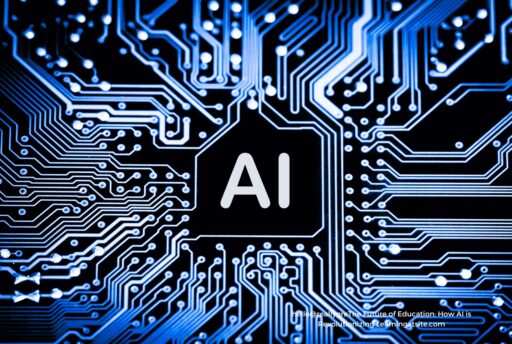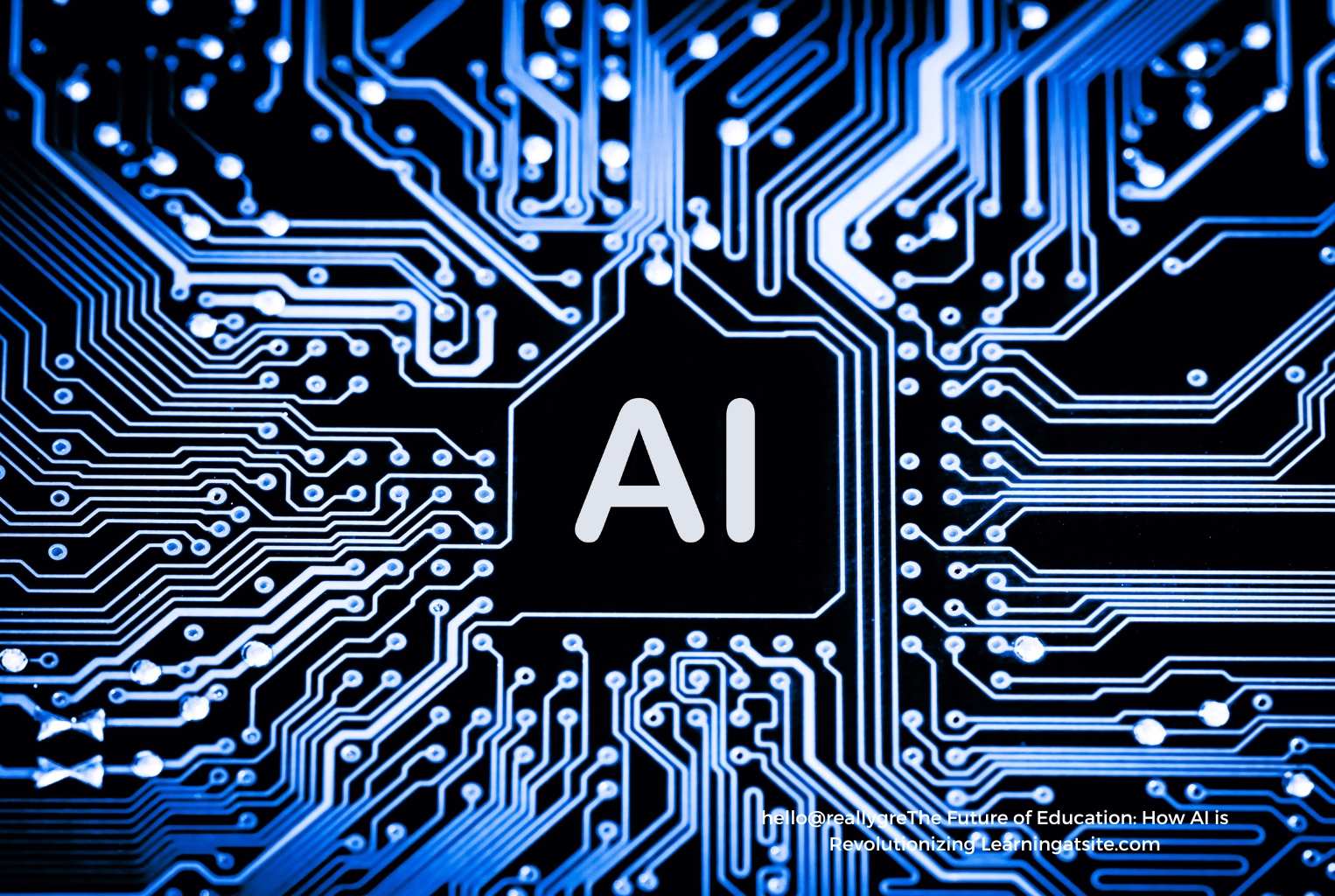The AI in Education is Unstoppable
The educational landscape is changing fast and AI is driving it. Schools, universities and educational platforms are embracing AI in education and how we teach and learn is being reimagined. From personalising learning experiences to AI powered tutoring the benefits of AI in education are huge and far reaching.
But with those benefits come big challenges and ethical considerations that need to be addressed to ensure a fair and effective learning environment. This blog digs into the many ways AI is impacting education, the benefits, the pitfalls and the future.
Benefits of AI in Education
AI in education isn’t just a trend, it’s a paradigm shift that brings many benefits. One of the biggest is the ability to personalise learning. AI can analyse a student’s unique learning patterns and adapt educational content to meet their individual needs, so engagement and understanding increases. This level of customisation was previously impossible in a traditional classroom.
Plus AI can automate time consuming admin tasks like grading and attendance tracking so educators can focus more on teaching and student interaction. This makes educational institutions more efficient and the overall learning experience better for students. AI in education also brings advanced data analytics so educators can see trends and patterns in student performance and intervene and support in time.
AI Powered Personalised Learning: Education tailored to individual needs
One of the most powerful applications of AI in education is personalised learning. Traditional education is one size fits all, which leaves some students behind and others not challenged enough. AI powered personalised learning changes this by using complex algorithms to analyse a student’s strengths, weaknesses, learning pace and preferences. Based on this data AI can create a customised learning path that adapts in real time to the student’s progress.
For example if a student is good at maths but struggles with reading comprehension AI can allocate more resources and time to the latter while still nurturing the former. This level of personalisation keeps students engaged, reduces frustration and leads to better outcomes. As AI in education develops the possibilities for personalisation will grow and more tailored learning experiences will be available.
Virtual Reality and Augmented Reality in Education: Immersive Learning
AI with Virtual Reality (VR) and Augmented Reality (AR) is opening up new doors in education. These technologies are creating learning environments where students can interact with content in ways they never could before. A history class where students can walk through ancient civilisations or a biology lesson where they can explore the human body in 3D. VR and AR powered by AI makes this possible, turning abstract into real.
AI makes these immersive experiences more personal to the individual student. For example a student struggling with a concept in a VR environment might receive additional prompts or hints generated by AI to help them understand the content. AI can also track how students interact with these virtual environments and provide insights into their learning and further customisation.
Gamification and AI in Education: Making Learning Fun
Gamification in education is using game like elements – points, badges, leaderboards – to motivate students and make learning more engaging. When combined with AI gamification can be tailored to each student’s learning style and progress. AI can analyse how a student interacts with educational games and adjust the difficulty level, content and rewards to keep them engaged and motivated.
For example a student who finds a subject tricky might receive more frequent rewards and encouragement, a student who is progressing quickly might receive more complex challenges to keep them engaged. AI powered gamification in education makes learning fun and promotes active participation which is key to knowledge retention. This is especially effective for younger students who might find traditional learning methods less engaging.
AI-Powered Tutoring and Assessment: Support and Fairness
AI powered tutoring systems are changing how students get help outside the classroom. These systems use AI to provide instant feedback, answer questions and offer additional resources tailored to the student’s needs. Unlike traditional tutoring which often requires a human tutor, AI powered tutoring is available 24/7 so is accessible to students at any time.
These systems can also assess a student’s progress in real time, identify where they need more help and adjust the content accordingly. This continuous assessment means students get the support they need when they need it not when the exams or assessments are scheduled. Additionally AI powered assessment tools can reduce the biases that exist in traditional grading systems and provide a more accurate and fair measure of student performance. This is especially important to ensure all students are judged on their own merits not their background or personal circumstances.
Ethical Issues with AI in Education: Innovation vs Responsibility
The benefits of AI in education are obvious but so are the ethical considerations. One of the biggest is data privacy. AI in education requires access to loads of personal data, including performance, behavior and in some cases biometric data. So we must ensure this data is stored securely and used ethically.
There is also the risk of bias in AI algorithms. If the data used to train these systems is biased the AI will perpetuate or even exacerbate existing inequalities. For example an AI system trained on data from a predominantly affluent demographic won’t perform as well when assessing students from less privileged backgrounds. Educators and policymakers must work together to ensure AI in education is fair, transparent and accountable.
Challenges and limitations of AI in Education: The Obstacles
Despite the many benefits AI in education is not without its challenges. Cost is a big one especially for institutions in developing countries. Implementing AI requires not only the purchase of the technology but also the training of staff and ongoing maintenance costs. There is also resistance to change from educators who may feel threatened by AI and from students who are used to traditional learning methods.
Another is the quality of the data AI systems are based on. AI is only as good as the data it’s trained on and poor quality data can lead to inaccurate or biased results. Educational institutions must have access to high quality representative data to get the most out of AI in education. While AI can automate many aspects of education it can’t replace the human touch that is so important in teaching. Educators must balance using AI’s capabilities and the personal connection that’s essential for learning.
AI in Educational Institutions: A Plan of Action
If you are an educational institution looking to implement AI, you need a plan. This means investing in the tech but also creating an environment where AI can be embedded into the learning process.



